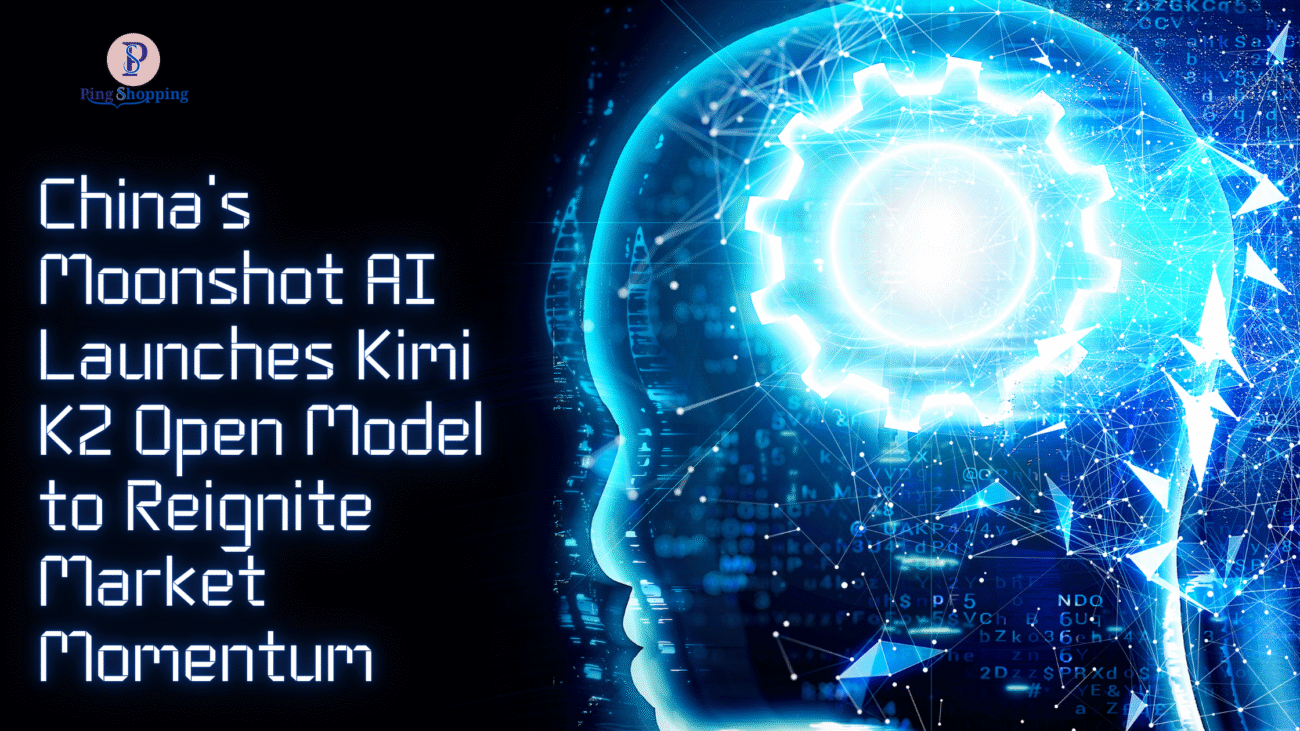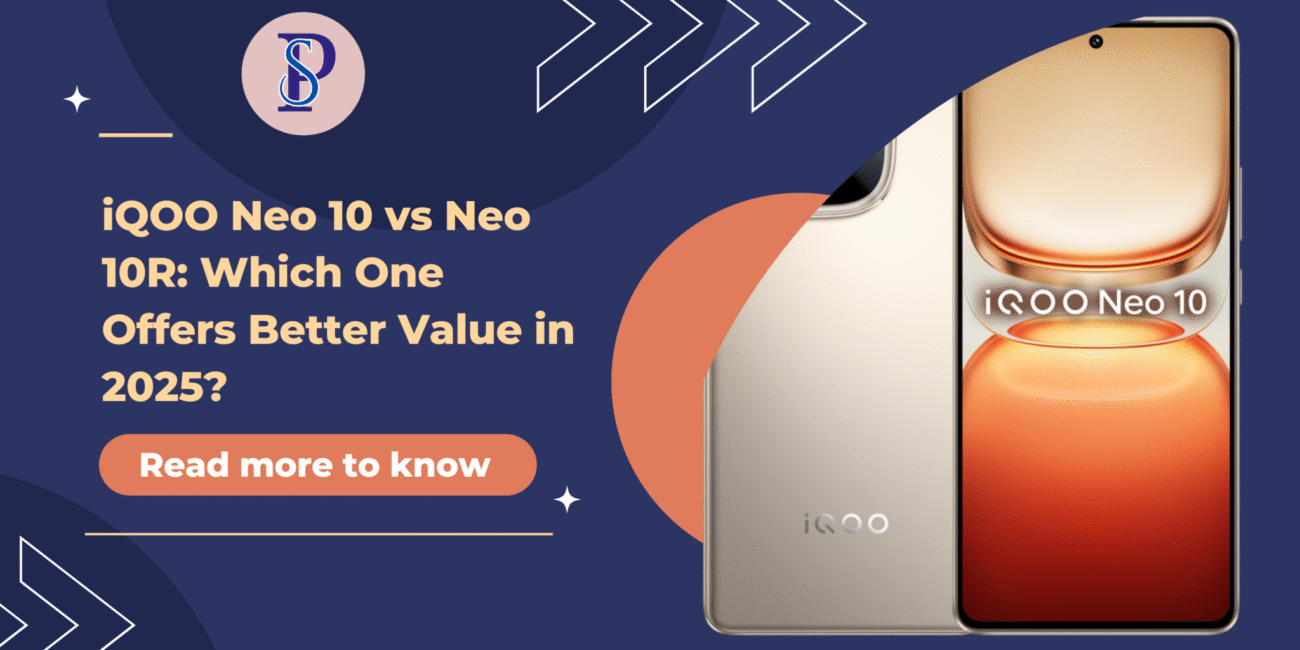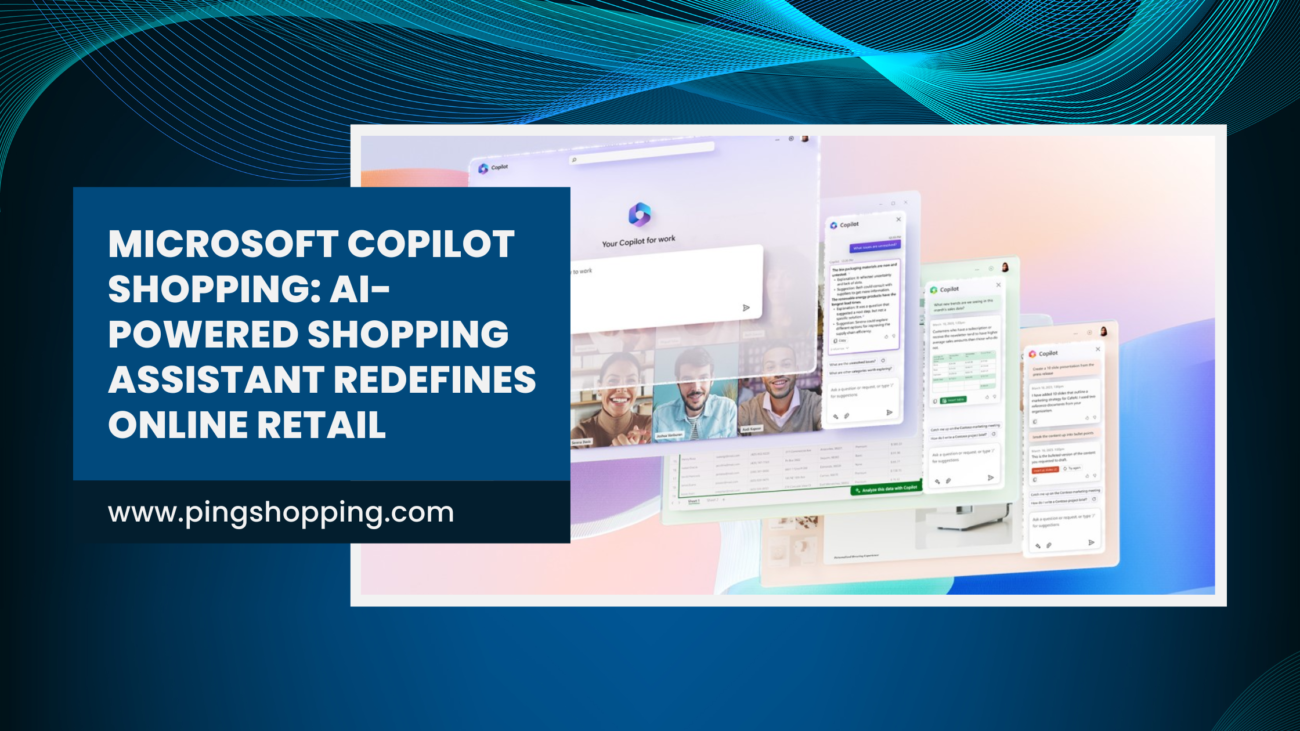In a surprise that may redefine the competitive landscape of the worldwide AI sector, Alibaba-funded Chinese firm Moonshot has unveiled its latest big language model (LLM), Kimi K2. Launched discreetly late on Friday night, Kimi K2 is already generating buzz for its far better coding skills, excellent affordability, and perhaps most revolutionarily, its open-source availability. With American AI leaders retracting on open-source releases at a time when safety is a concern, Moonshot’s ambitious launch is saying something loud and clear: China stands poised to challenge AI dominance not just in performance, but in accessibility and cost-effectiveness as well.
Table of Contents
Bested Industry Giants in Code
One of the biggest headlines out of Moonshot AI’s announcement is Kimi K2’s performance in coding tasks — an increasingly critical use case for generative AI across industries. According to benchmark data shared on GitHub and X, Kimi K2 outperforms both OpenAI’s GPT-4.1 and Anthropic’s Claude Opus 4 in a range of metrics that test code generation, accuracy, and complexity handling.

Coding is a field where productivity translates directly to cost reduction or added revenue for companies. More and more companies are implementing LLMs to perform software engineering work, from debugging and refactoring code to entire app development. On that front, Kimi K2 sophisticated coding skills at a fraction of the price could make it an attractive substitute for pricier proprietary models.
A Game-Changer in Pricing
Most upsetting to the established order is its revolutionary pricing. Moonshot is selling the model for only $0.15 per million input tokens and $2.50 per million output tokens. To put that into perspective:
- Claude Opus 4: $15 per million input tokens, $75 per million output tokens
- OpenAI GPT-4.1: $2 per million input tokens, $8 per million output tokens
That’s a 100-fold cost savings over Claude for input tokens and 30-fold for output. For startups, developers, and cost-sensitive businesses, the pricing could reduce the entry barrier in AI integration by orders of magnitude.
Besides, Kimi K2 is available openly through its browser-based interface and mobile application without having to pay initial subscription fees, as opposed to GPT-4 or Claude, which involve monthly subscriptions to access their flagship models.
Open Source: An Open Challenge
Moonshot’s open sourcing of Kimi K2 puts it in a few leagues. Besides leading players like Meta (with its LLaMA lineup) and Google (to some degree with Gemma), few large players have ever released open-source models with genuine competitive competence. OpenAI, however, has repeatedly pushed back its promised open-source model, most recently on safety grounds, an announcement that came within hours of Kimi K2’s launch.

Developers and businesses are free to use Kimi K2 subject to one requirement: if their app has more than 100 million monthly active users or generates more than $20 million in monthly revenue, they must include attribution (“Kimi K2”) in the user interface. The equitable licensing model fosters extensive exploration while still maintaining brand awareness for Moonshot.
The Benchmark Race: Kimi vs. Humanity’s Last Exam
Kimi K2 is not Moonshot’s only recent innovation. Just weeks prior, the company unveiled a Kimi Research model, which reportedly achieved a 26.9 score on the challenging “Humanity’s Last Exam” benchmark, matching Google’s Gemini Deep Research and beating OpenAI’s best by a notable margin.
Elon Musk’s xAI team, during their launch of Grok 4, even acknowledged Kimi Research as a formidable performer. Grok 4 performed at 25.4 independently but hit 44.4 with the support of external tools — an achievement that highlights the increasing intelligence of these agentic models.
As per NYU professor and tech writer Winston Ma, Kimi Research “constitutes a paradigm shift in agentic AI,” presenting abilities that extend beyond language proficiency into expert-level autonomous reasoning. This is exactly the sort of next-generation cognitive ability that has been lacking among mainstream LLMs.
Strategic Timing Amid Global Uncertainty
The timing of Kimi K2 could not be more opportune. OpenAI’s in-house emphasis on GPT-5 development and lagging on open-source initiatives has created a vacuum. In contrast, models such as Claude Opus 4 and Gemini remain anchored to closed platforms or costly paywalls.
Moonshot’s move is indicative of wider momentum behind Chinese AI companies wishing to make inroads overseas. Before this year, DeepSeek rattled the market with its open-source R1 and V3 models. And though DeepSeek has fallen quiet since, other competitors such as Manus AI are rising — in some instances moving even to Singapore to be able to access the global markets more freely.
Early Reviews and Future Potential
While there were some initial reports of hallucinations, a bug present in all LLMs, including Kimi K2, is being embraced enthusiastically. “The initial model I feel at ease using in production after Claude 3.5 Sonnet,” MagicPath founder Pietro Schirano posted on X, joining the voice of an increasingly vocal group of developers.
Moonshot’s strategy combines performance, openness, and price in a manner that few have been able to match. According to analyst Wei Sun of Counterpoint Research, “No doubt [Kimi K2 is] a globally competitive model.” She further stated that the price point makes it particularly attractive for large-scale or cost-sensitive rollout, something the majority of enterprises have been actively seeking.
Final Thoughts
Moonshot’s Kimi K2 is not simply another LLM drop; it is a strategic move that can compel incumbents to reconsider pricing, openness, and where value resides in generative AI. With a focus on developer autonomy, budget affordability, and state-of-the-art coding performance, Kimi K2 is set to be the preferred AI model for the future of software innovation.
With intensifying global competition and the distinctions between open and closed models blurring, here’s what’s certain: the competition is no longer about who creates the smartest AI; it’s about who makes the most accessible, affordable, and empowering one.





